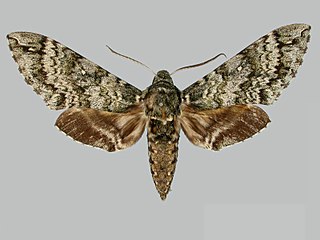
Manduca armatipes is a moth of the family Sphingidae first described by Walter Rothschild and Karl Jordan in 1916. It is found from Argentina and Uruguay to Bolivia.

Manduca boliviana is a moth of the family Sphingidae. It is known from Bolivia.

Manduca brunalba is a moth of the family Sphingidae. It is known from Brazil, French Guiana, Peru, Venezuela and Bolivia.

Manduca caribbeus is a moth of the family Sphingidae. It is known from Haiti and the Dominican Republic.
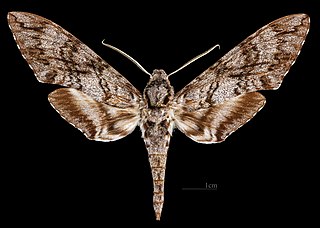
Manduca corumbensis is a moth of the family Sphingidae.

Manduca violaalba is a moth of the family Sphingidae first described by Benjamin Preston Clark in 1922.

Dolbogene is a monotypic moth genus in the family Sphingidae erected by Walter Rothschild and Karl Jordan in 1903. Its only species, Dolbogene hartwegii, or Hartweg's sphinx, was first described by Arthur Gardiner Butler in 1875. It is found from Texas and southern Arizona to Mexico and Guatemala. Only a small number have been caught and not much is known about the biology of this species.
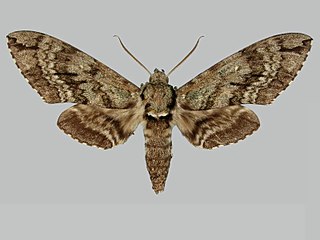
Manduca undata is a moth of the family Sphingidae. It is known from Argentina and Paraguay.

Manduca tucumana is a moth of the family Sphingidae.

Manduca scutata is a moth of the family Sphingidae.

Euryglottis davidianus is a moth of the family Sphingidae. It is known from Ecuador and western Peru.

Euryglottis dognini is a moth of the family Sphingidae.
Lintneria arthuri is a moth of the family Sphingidae. It is known from Bolivia.
Lintneria biolleyi is a moth of the family Sphingidae. It is known from Costa Rica and Guatemala.
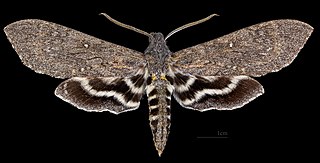
Lintneria maura is a moth of the family Sphingidae.

Lintneria phalerata is a moth of the family Sphingidae. It is known from Argentina and Bolivia.
Lintneria porioni is a moth of the family Sphingidae. It is known from Peru.
Lintneria tricolor is a moth of the family Sphingidae. It is known from Dominica.
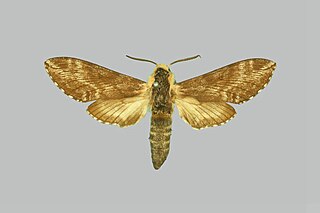
Neogene corumbensis is a moth of the family Sphingidae. It is found in Argentina and Bolivia.

Neogene intermedia is a moth of the family Sphingidae. It is known from Paraguay.

















